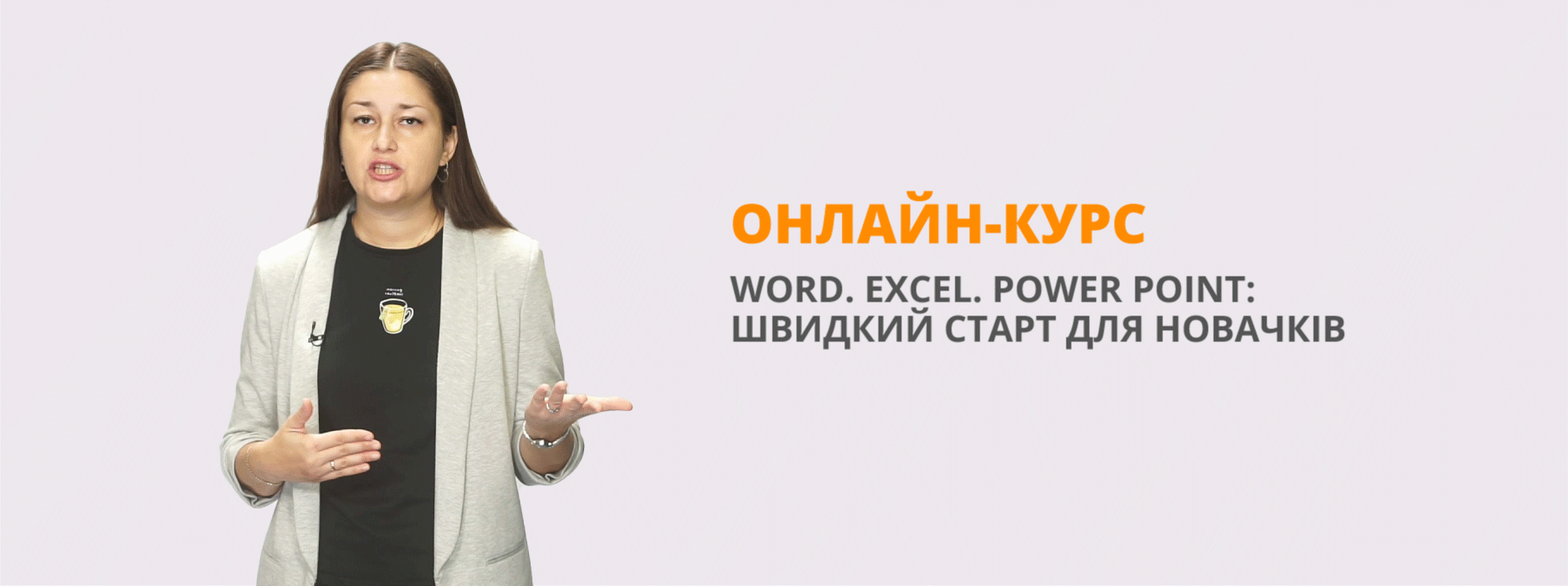Topic: Where did dinosaurs live?
Listening to the educational video and do the task «True or False» — Listening
Topic: Where did dinosaurs live?
Learning Outcomes: by the end of the lesson students will be able to listen and understand the information about creatures that lived in ancient times.
Students will be able: to develop listening and reading skills;
to practice the usage of vocabulary and grammar skills;
to broaden the knowledge about dinosaurs;
to cultivate interest in learning English;
to learn how to talk about dinosaurs, using the Past Simple Tense.
Link to the resources: https://drive.google.com/file/d/1tukfeP3UnPq7arXYn8uDrbTDiWkAwABV/view?usp=sharing
https://drive.google.com/file/d/12CXgbLklZPP4Jg_1mR5Jghvny6GrGD7c/view?usp=sharing
https://drive.google.com/file/d/1JTyex29tvI389bxIKv-f0Q7sTu3C95ps/view?usp=sharing
Step by step instructions for students:
Before you start:
- Prepare Your Environment: Find a quiet, well-lit space where you can focus on the video without distractions.
- Gather Materials: Have a notebook or a piece of paper and a pen ready to jot down notes or answers.
During the Video:
- Start the Video: Begin by playing the educational video. Make sure to adjust the volume to a comfortable level.
- Listen Actively: Pay close attention to what the speaker is saying. Focus on the main points, key ideas, and details.
- Take Notes: While listening, jot down important information. Note keywords or phrases that might help you answer the "true or false" questions.
- Engage with the Content: Try to understand the context, purpose, and main message of the video.
After the Video:
- Pause the Video (if necessary): If the video is long or complex, feel free to pause it to review your notes or take a break.
- Read the "True or False" sentences: You have a list of statements that you need to determine if they are true or false based on the video content.
1. Dinosaurs lived in the sea. (True)
2. Pterosaurs could fly. (True)
3. Tyrannosaurus Rex could fly. (False)
4. Triceratops ate other dinosaurs. (False)
5. Kronosaurus lived in the sea. (True)
6. Tyrannosaurus Rex ate meat. (True)
7. Brachiosaurus were small. (False)
8. Pterosaurs could swim. (True)
9. Brachiosaurus walked slowly. (True)
10.Dinosaurs lived two hundred years ago. (False)
- Rewatch Specific Parts (if needed): If you're unsure about an answer, rewind the video to the relevant section to confirm your understanding.
- Analyze Each Statement: For each "true or false" question, carefully consider if the information in the video supports or contradicts the statement.
- Mark Your Answers: Use "T" for true and "F" for false. If you're uncertain about a statement, leave it for now and come back to it later.
- Review Your Answers: After going through all the questions, review your answers. Pay special attention to the ones you marked as uncertain.
- Make Corrections (if needed): If you've changed your mind about any answers, update them accordingly.
- Submit Your Responses: Follow your teacher's instructions for submitting your answers.
|
Criteria |
Points |
Self-assessment |
Teacher’s Assessment |
|
1. Understanding of the Content:
|
2 |
|
|
|
2. Accurate Identification of True or False:
|
1 |
|
|
|
3. Active Listening:
|
1 |
|
|
|
4. Evidence from the Audio/Video:
|
1 |
|
|
|
5. Use of Vocabulary:
|
1 |
|
|
|
6. Completeness of Responses:
|
1 |
|
|
|
7. Critical Thinking:
|
1 |
|
|
|
8. Organization and Clarity:
|
1 |
|
|
|
9. Timeliness:
|
1 |
|
|
|
10. Overall Performance:
|
2 |
|
|
5. Fill in the self-assessment table after the task and put points to yourself according to the given criteria in the yellow chart.
|
Criteria |
Points |
Self-assessment |
|
Topic of the task is according to the National Curriculum (2 points) |
2 |
2 |
|
2 SMART learning outcomes - 2 points 1 SMART learning outcome - 1 point |
2 |
2 |
|
1-2 links to the resources students are supposed to use before completing the task (2 points) |
2 |
2 |
|
Clear step by step instructions to the task (2 points) |
2 |
2 |
|
Table with Criteria for self-assessment and assessment(2 points) |
2 |
2 |


про публікацію авторської розробки
Додати розробку
